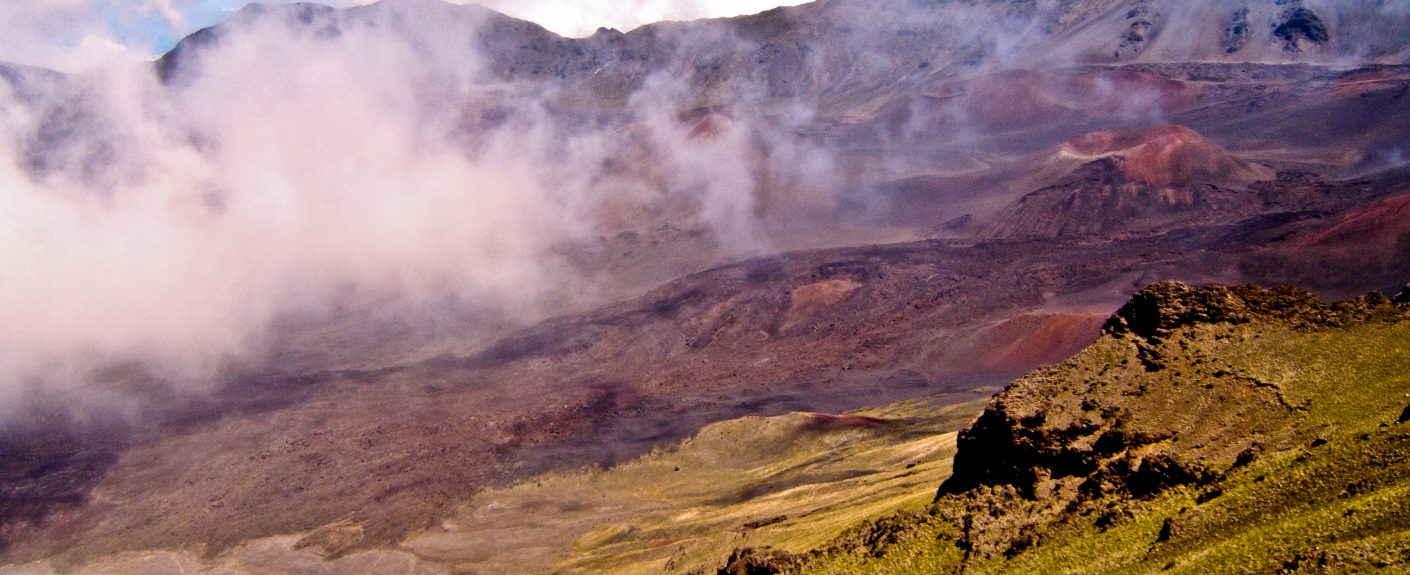
Haleakalā National Park
Haleakalā National Park is a national park located on the island of Maui in the U.S. state of Hawaii. The park covers an area of 33,265 acres (134.62 km2), of which 19,270 acres (77.98 km2) is a wilderness area.
It was originally created as part of the Hawaii National Park along with the volcanoes of Mauna Loa and Kilauea on the island of Hawaii in 1916. Hawaii Volcanoes National Park was made into a separate national park in 1961. The park area was designated an International Biosphere Reserve in 1980. The name Haleakalā is Hawaiian for ‘house of the sun.’ According to a local legend, the demigod Maui imprisoned the sun here in order to lengthen the day. The Hawaiian National Park Language Correction Act of 2000 was proposed to observe the Hawaiian spelling, but it did not become law.
The park features the dormant Haleakalā (East Maui) Volcano, which last erupted sometime between 1480 and 1600 AD. The park is divided into two distinct sections: the summit area and the coastal Kipahulu area.
Information taken from WikiPedia.
